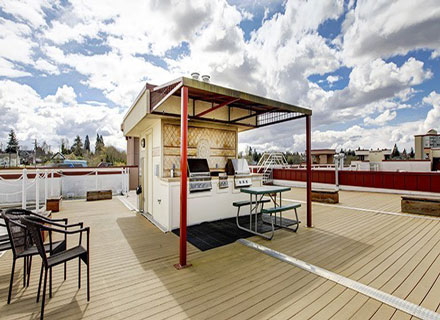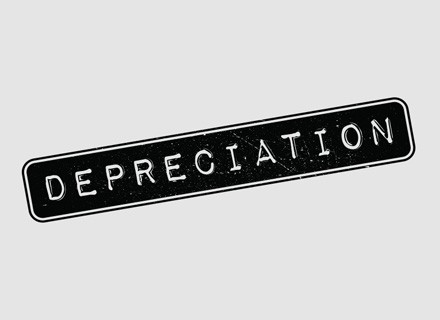Posts Tagged ‘tax depreciation’
Accommodation & Food Services – Asset Lists & Tax Depreciation Deductions
When it comes to plant and equipment assets, few industries have more individual asset types than accommodation and food services. In a residential property, these include bathroom accessories, blinds, carpets, cook-tops, hot water systems, ovens and more. However, in general you’re unlikely to find much more than around 20 plant and equipment assets in any…
Read MoreTax Depreciation and Units – It’s all about common property
As Quantity Surveyors, we’re often telling investors that there are more depreciation deductions available within a unit, than a house of similar age and finish. Of course depreciation is just one part of property investment, and shouldn’t be the driving reason to choose one investment over another, but I wanted to look at why a…
Read MoreMCG Featured in Australian Property Investor Magazine
We’re pleased to report MCG Director Mike Mortlock is featured in the May edition of the Australian Property Investor Magazine. Check out pages 16-18 of the magazine for Mike’s tips on managing the repairs, replacement cost insurance and tax depreciation components of owning an investment property – The 10 biggest mistakes made by landlords.
Read MoreThe Biggest Mistakes Landlords Make
1. Not treating the investment property like a business If your investment property is occupied by a family member you’re helping out, then your investment goals might be a little different. However, for most investors they’re in the business of owning a property to make money. There are often times when investors make decisions based…
Read MoreTax Depreciation Rates (ATO) – 2012 Rates for your residential investment property
In previous posts we’ve looked at how effective lives are calculated, how depreciation rates are calculated and the difference between the diminishing value and prime cost methods. As we often get questions about the specific effective lives for residential property, we’ve decided to post the current effective lives here. These effective lives are current at…
Read MoreMCG on Property Observer – Calculating Effective lives for Tax Depreciation
Check out an article on how the ATO tax commissioner determines effective lives featured on Property Observer today, by our Tax Depreciation Director Mike Mortlock – http://bit.ly/wi6s88
Read MoreATO Tax Depreciation Methods – Diminishing Value and Prime Cost
The ATO allows two very different methods of calculating property tax depreciation deductions, the Diminishing Value Method and the Prime Cost Method. Most investors choose the Diminishing Value Method as it will return the greatest amount of deductions over the first few years of ownership. However it’s worth discussing with your accountant, as maximising your…
Read MoreNew Property vs Old Property – A comparison of tax depreciation deductions for the property investor
There are many considerations when purchasing an investment property. Property investors will need to consider their personal strategy, capital growth potential, rental yield, area demographics, rental demand, maintenance costs and much more. One important piece of the puzzle is property tax depreciation. It isn’t normally one of the first considerations of the property investor however…
Read MoreScrapping & Tax Depreciation – Writing off an asset
Previously I’ve written about how effective lives are determined, which gave a quick insight into the process of ‘scrapping’. In simple terms, scrapping is the process of throwing away an asset that has reached the end of its physical life. The benefit from a depreciation perspective is that the remaining written down value of the…
Read MoreProperty Tax Depreciation – Effective Lives
Property Tax Depreciation – How does the commissioner determine the effective life of a depreciating asset? I’m often asked where ‘effective lives’ come from, and the short answer is the Commissioner of taxation. The long answer is a lot more complicated than that. For those uninitiated in how depreciation rates are calculated for plant &…
Read More









